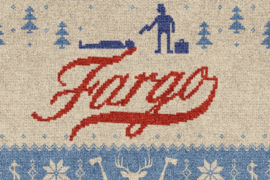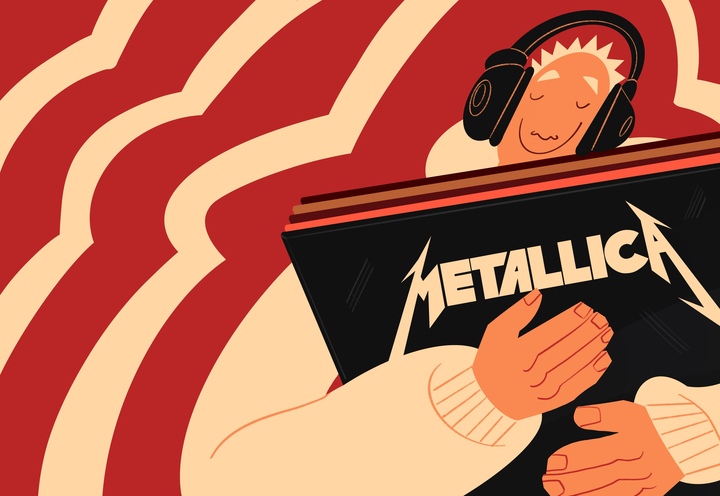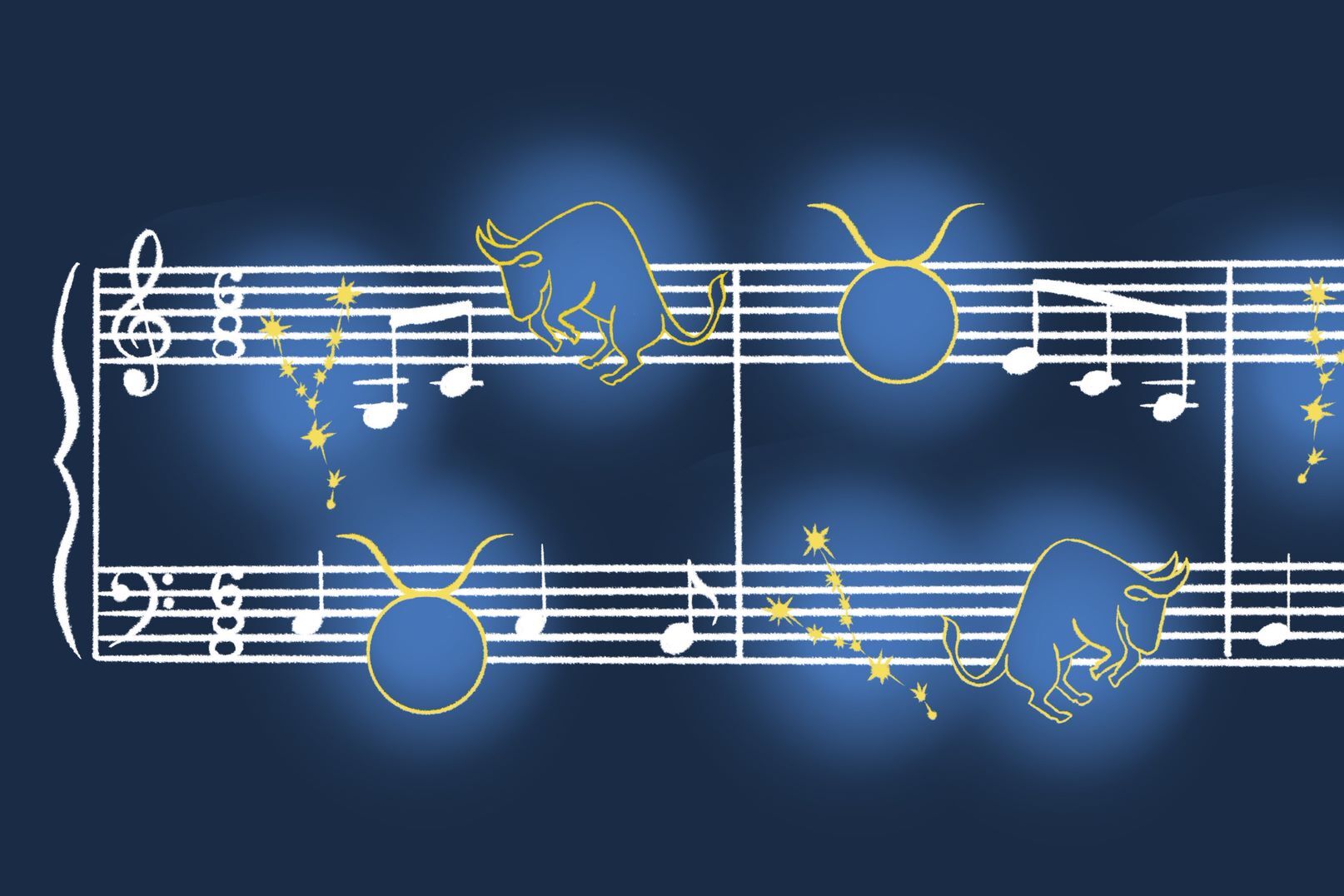When Fargo was announced back in 2013, my reaction was no different than almost anyone else’s. Why would you stretch out a wonderful feature film into ten one-hour episodes? It sounded like a terrible idea.
Oh, we of little faith. It turns out that these sprawling, intertwining stories get to breathe far more effectively in a television format. Who could have known that the Coen’s original film wouldn’t just be matched, but actually surpassed? Enter Noah Hawley. None of us really knew who he was or what he was capable of, but he sure showed us. Flash forward three years and he’s now delivered two all-time great seasons of television, as well as the first season of the trippy and incredible Legion, also on FX. He’s been on quite the roll, and his career as a novelist translates perfectly to television, and Fargo gives him a wonderful opportunity to write an addicting crime novel every year. Each season on Fargo, we’re introduced to a brand new story and cast. Sure, there are connections, but you really can jump in and enjoy every season as a neophyte. I am of the opinion that there’s a certain appeal to knowing that this kind of story refreshes each season, as it substantially raises the stakes. No character is sacred.
Season 3 starts off with a typical Fargo opening, in that it doesn’t appear to be connected to the main event, at least for the time being. Given that this show doesn’t skimp on the details, I suspect that it will eventually. We’re then introduced to two brothers: Emmitt and Ray Stussy, both of whom are played by Ewan McGregor! It’s quite the acting feat, and the makeup and hairstyling crews have done a great job disguising him, even going so far as to give them different colored contact lenses, subconsciously making us empathize with Ray and his blue, wounded eyes. The other main cast includes Mary Elizabeth Winstead (Swiss Army Man, 10 Cloverfield Lane) as Nikki Swango, Michael Stuhlbarg (A Serious Man, Arrival) as Sy Feltz, David Thewlis (The Big Lebowski, Anomalisa) as V.M Varga and Carrie Coon (Gone Girl, The Leftovers) as Gloria Burgle.
The character that made the biggest impact on me was Coon’s Gloria Burgle, a tough-as-nails cop very much cut from the same cloth as Frances McDormand’s Marge Gunderson in the original 1996 Coen Brothers film. I’ve been impressed by Coon’s work before, but her acting in this is incredibly effective and understated, which is even more impressive given her theater background. Fargo has a long lineage of good and honorable members of law enforcement, and she looks to be a great addition to that pantheon.
The cinematography marks a distinct change from seasons past, too. Instead of going for a more “normal” look or a period setting like Hawley’s done in the first two seasons respectively, he opts to take almost all traces of blue out of each image, a startling choice considering that it’s the color most often associated with cold weather. This gives this episode an almost painterly look, and the unconventional color grading decision pays off very nicely. It’s an important division for this season to make, considering that a lot of the proceedings feel a little old-hat at this point.
That speaks to my larger issue with this premiere. It’s certainly the weakest of the three premieres the show has had thus far – but it’s by no means bad or even mediocre. It just feels like we’ve been here before, and it lacks the propulsive jolt of openings of the first and second seasons. Without spoiling anything, we fail to really see the decision behind the inciting incident. Ray’s motivation is clear and simple, but we don’t see him make the decision himself. And since Fargo is a show all about the consequences of our actions, it seems like a big misstep to leave that decision offscreen. This means that a lot of the drive of the episode is lost, its impact considerably dulled. That being said, Fargo’s premieres are never its best episodes, so there’s plenty of room for improvement. I’m hoping the story is more dynamic than it initially seems – but Hawley and his co-writers have earned my trust.
One notable change between this season and previous seasons is the time period. The 2006-set first season largely eschewed real-world references, but the 1979-set second season made copious references to Vietnam, the dying glamour of the seventies and even went so far as to include Ronald Reagan in an episode. This season is set in 2010, and it’s been nicely grounded in its time period. Throughout the episode, characters can be seen on their smartphones. This would have been a relatively new toy for many small-town Midwesterners, considering that the original iPhone debuted in 2007. A major bit of backstory involving Emmitt Stussy actually mentions the 2008 financial crisis, which was an excellent but unobtrusive way of providing some context. I’d like even more of these going forward.
Overall, it’s a solid but unspectacular start for the show. There’s definitely a lot to love – it looks great, there’s a well-chosen soundtrack, and the writing and performances are as great as ever. However, I can’t shake the feeling that we’ve been here before, and certain creative decisions in this episode really bugged me. All that being said – I’m very excited for the rest of the season. I already care about these people, and there are plenty of reasons for optimism.
In future reviews, I’ll delve a little more into spoilers, but for now I think it’s best that I keep things spoiler free for people that haven’t watched the premiere yet. So, if you’re new to the show and are wondering whether this is the season worth jumping into, I promise you that it absolutely is. This show is one of the best on television, even when it’s a little off. Strap in, everyone. The characters have got murders to solve, vintage stamps to steal and bridge games to win. You know, a typical day for the average Minnesotan. It should be a fun ride, and I hope you’ll join me.

3.5 out of 5 stamps



